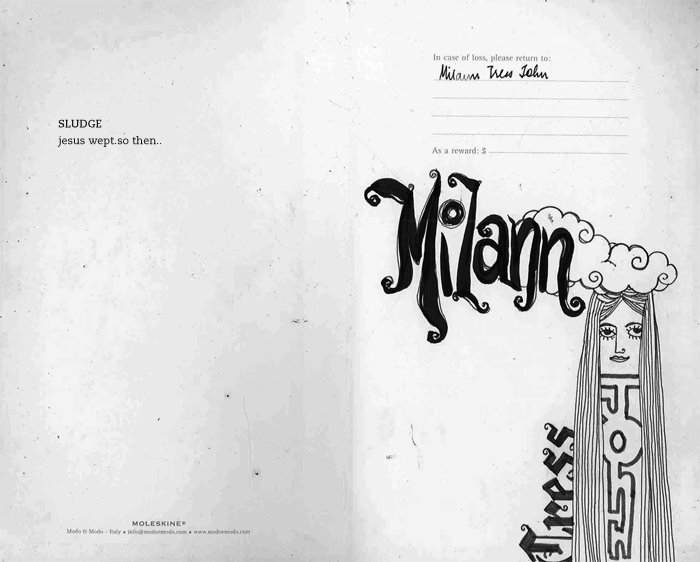 It gives me great pleasure to begin the written documentation of this trip through the western coast of India from Vellore, Tamil Nadu.
It gives me great pleasure to begin the written documentation of this trip through the western coast of India from Vellore, Tamil Nadu.For many days over the last 3 years I’d been sitting by the side of a road drinking chai at film school wondering when I’d finally know enough to set out and capture exactly these people, these stories of India and make them seen to the people who’ve forgotten how to see .That day is here. I have 52 tapes of adopted footage.The edit is on..
A group of young Americans and Indian students (Yale graduates,climate change analysts,university students),a solar powered band(the members of the band are nuclear physicists, film makers, lawyers,conservationists), a Czechoslovakian(film maker,conservationist) entered the school premises where the little children happened to be starting their day singing a nursery rhyme, ‘Frère Jacques’ (or ‘Are you sleeping,brother John’ in French). Little Tamilian children singing French somewhere in the middle of nowhere..
The founder,Ramu Manivannan talks about why he set up this school for the rural kids of interior Tamil Nadu, he talks about Gandhi..
(for those who disagree with Gandhi,...he inspires a lot of people,as I proceed with my writing,I'll show you how...he's turning out to be the role model for people who take things in their own hands and help themselves..more on this later.)…
Manivannan talks about how you can’t get anywhere if you don’t learn first
how to take care of yourself, your land, your soil,.
unless you know how to mend your own clothes,
unless you know how to plant that tree you study about,
unless you know how to put bricks together and build a wall..
they're called life skills..
You haven’t learn anything unless you couple all of this with learning language ,geography, science, math.



(that's Solar Punch up there,our band preparing to sing with the kids)
'it's about integrating mainstream curriculum with life skills like farming,weaving and natural building,about non violent conflict resolution,about the energy and teachings of different traditions being a part of the learning...',says Ramu.
They have built their own buildings in this school, they make their own food grown in their fields, they teach these,the children of farmers, organic farming,they have their own vegetable patches. The kids learn while the adults unlearn.
200 years ago, the villagers of the area cut down the tropical forests down to chase the tigers away. Today they’re growing it back inch by inch. The tigers must come back.
This is Matthew from England,who's been working here since last year with his friends.This year he got down more friends they're doing a natural building workshop with 10-12 students from all over the world so they'll get started building a kitchen for the kids with biogas in mind,he's getting into rain water harvesting,organic farming and growing a food forest(a forest that mimics natural forests but supplies food and material for living).
.

I’m attaching pics of them…the videos will follow when I have clearance.
watch this space.


